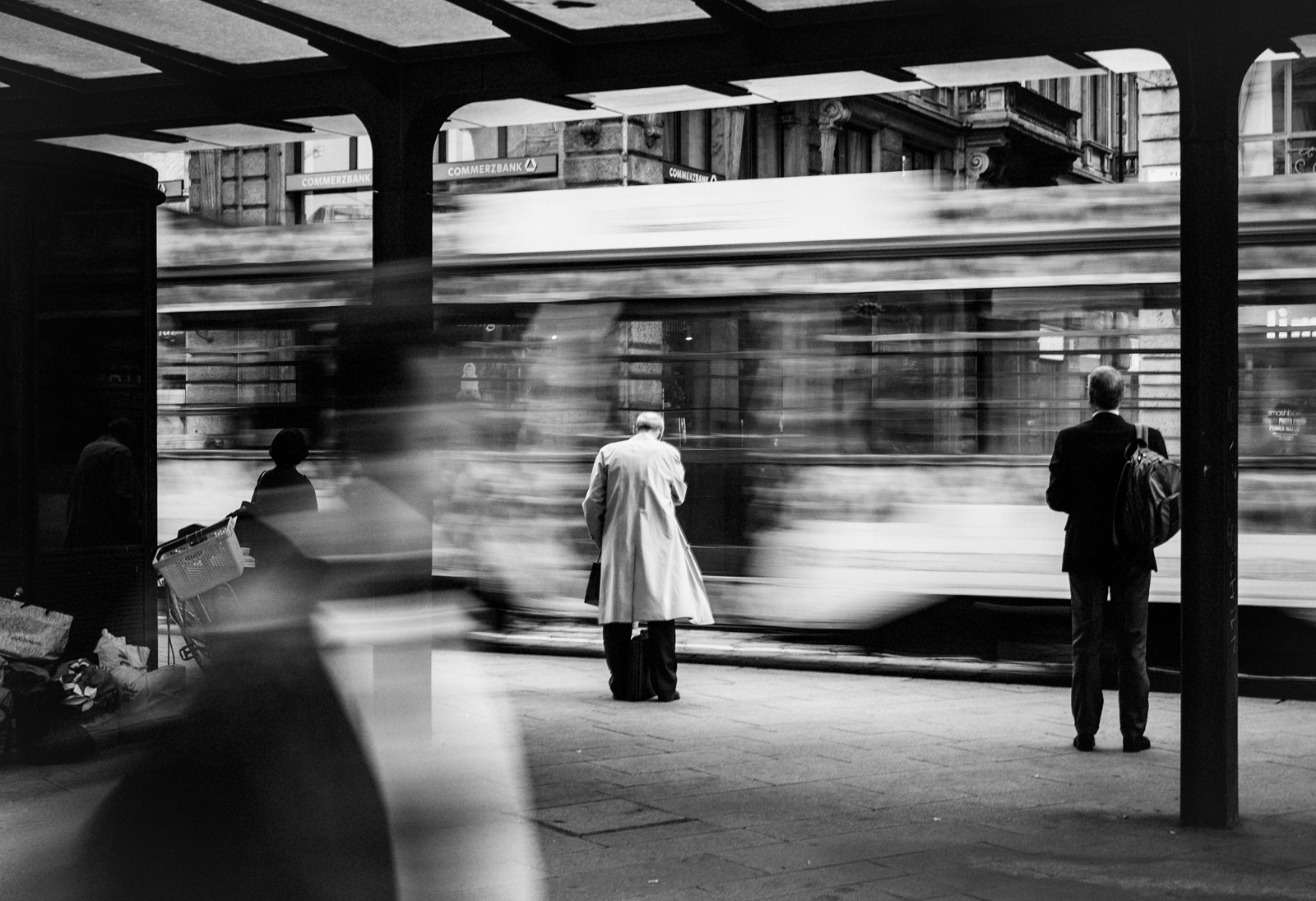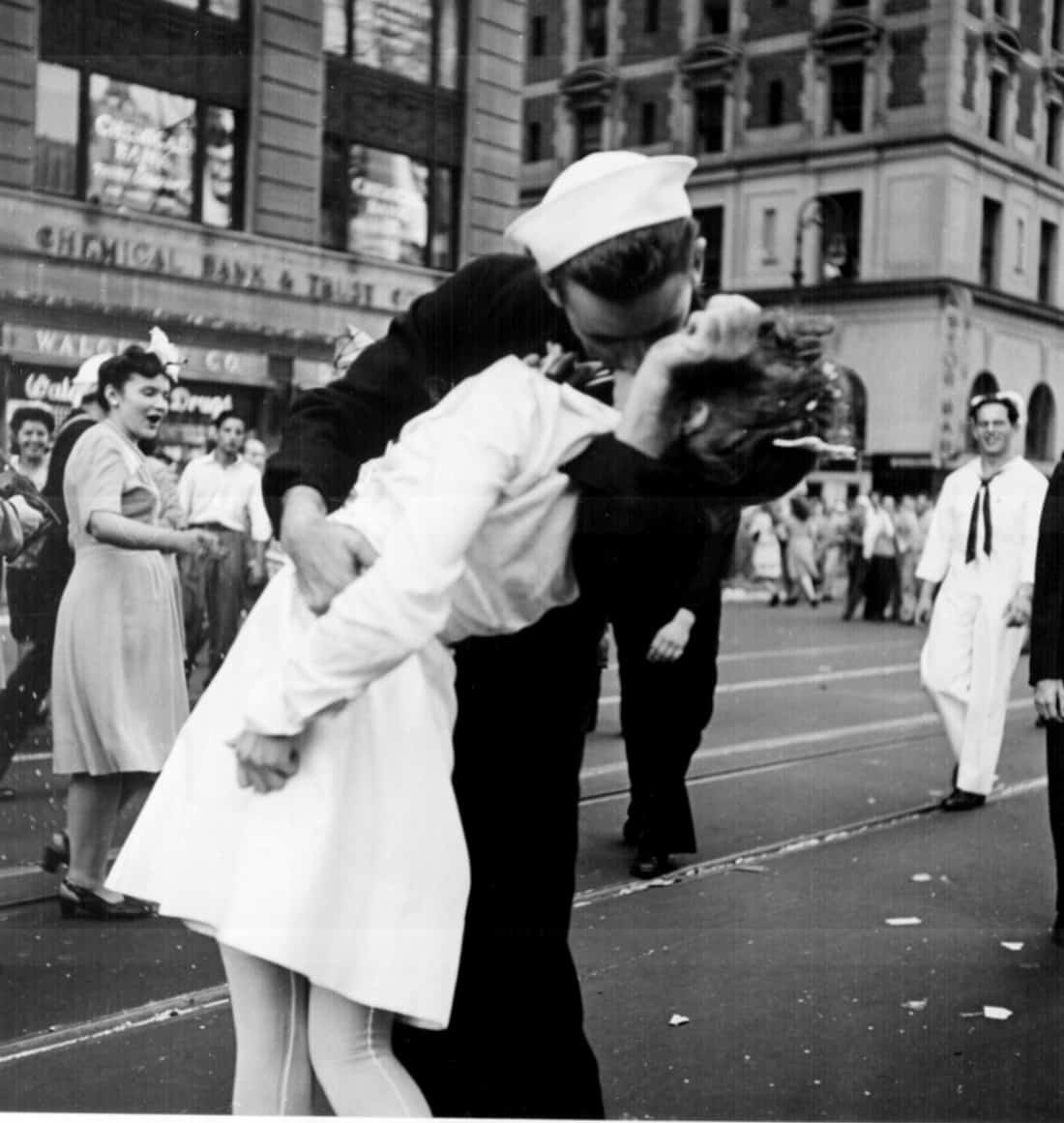Some Of Framing Streets
Facts About Framing Streets Revealed
Table of ContentsAll about Framing StreetsThe 3-Minute Rule for Framing StreetsSome Known Factual Statements About Framing Streets The Only Guide for Framing StreetsFraming Streets Can Be Fun For AnyoneThe smart Trick of Framing Streets That Nobody is Discussing
Photography category "Crufts Dog Program 1968" by Tony Ray-Jones Road digital photography (likewise sometimes called honest photography) is photography conducted for art or query that includes unmediated possibility experiences and random events within public places, usually with the purpose of capturing pictures at a decisive or poignant minute by mindful framework and timing. 
Get This Report on Framing Streets
Susan Sontag, 1977 Road photography can concentrate on people and their behavior in public. In this respect, the street professional photographer resembles social documentary digital photographers or photojournalists who also function in public places, but with the goal of capturing newsworthy occasions. Any one of these digital photographers' photos might record individuals and building noticeable within or from public locations, which typically entails navigating moral issues and legislations of personal privacy, protection, and building.
Representations of daily public life form a genre in almost every duration of globe art, beginning in the pre-historic, Sumerian, Egyptian and very early Buddhist art durations. Art taking care of the life of the street, whether within views of cityscapes, or as the dominant theme, shows up in the West in the canon of the North Renaissance, Baroque, Rococo, of Romanticism, Realistic look, Impressionism and Post-Impressionism.
About Framing Streets
Louis Daguerre: "Boulevard du Holy place" (1838 or 1839) In 1838 or 1839 the first photo of numbers in the street was videotaped by Louis-Jacques-Mand Daguerre in one of a pair of daguerreotype sights taken from his workshop window of the Boulevard du Temple in Paris. The 2nd, made at the height of the day, shows an uninhabited stretch of road, while the various other was taken at concerning 8:00 am, and as Beaumont Newhall reports, "The Blvd, so continuously loaded with a moving bunch of pedestrians and carriages was completely solitary, other than an individual who was having his boots cleaned.
, who was inspired to carry out a similar documentation of New York City. As the city developed, Atget aided to advertise Parisian streets as a worthy topic for digital photography.

Framing Streets Can Be Fun For Everyone
Martin is the very first videotaped digital photographer to do so in London with a masked video camera. Mass-Observation was a social study organisation established in 1937 which aimed to tape day-to-day life in Britain and to tape-record the reactions of the 'man-in-the-street' to King Edward VIII's abdication in 1936 to marry separation Wallis Simpson, and the sequence of George VI. The principal Mass-Observationists were anthropologist Tom Harrisson in Bolton and poet Charles Madge in London, and their first report was generated as the publication "May the Twelfth: Mass-Observation Day-Surveys 1937 by over 2 hundred viewers" [] Home window cleaner at Kottbusser Tor, Berlin, by Elsa Thiemann c. 1946 The post-war French Humanist School digital photographers found their subjects on the street or in the restaurant. In between 1946 and 1957 Le Groupe des XV annually showed job of this kind. Andre Kertesz. Circus, Budapest, 19 May 1920 Street digital photography created the major content of two exhibits at the Museum of Modern Art (Mo, view it now MA) in New york city curated by Edward Steichen, 5 French Digital Photographers: Brassai; Cartier-Bresson, Doisneau, Ronis, Izis in 1951 to 1952, and Post-war European Photography in 1953, which exported the idea of street photography internationally.

Framing Streets Can Be Fun For Anyone
, then a teacher of young youngsters, associated with Evans in 193839.'s 1958 publication,, was considerable; raw and usually out of focus, Frank's images questioned mainstream photography of the time, "tested all the official guidelines laid down by Henri Cartier-Bresson and Walker Evans" and "flew in the face of the wholesome pictorialism and wholehearted photojournalism of American publications like LIFE and Time".